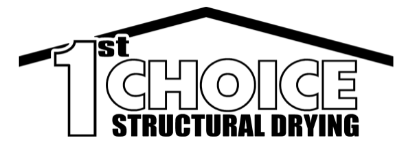Transforming Water Damage Restoration: The Top 5 Innovative Trends in Structural Drying from 1st Choice Structural Drying
In an era where climate unpredictability and water-related incidents are on the rise, the significance of swift, effective water damage recovery has never been more critical. Traditional methods of structural drying, while foundational, have evolved dramatically with technological advancements and innovative practices. At 1st Choice Structural Drying, we stand at the forefront of this evolution, leveraging cutting-edge trends to revolutionize the way water damage is addressed. This blog explores five transformative trends in structural drying that are setting new standards in efficiency, sustainability, and effectiveness. From advanced diagnostics to eco-friendly solutions, we delve into how these innovations not only promise to enhance recovery outcomes but also redefine expectations for property restoration. Join us as we uncover the future of structural drying, a future where rapid recovery and minimal environmental impact go hand in hand, brought to you by the expertise and vision of 1st Choice Structural Drying.
The Evolution of Structural Drying
The journey from traditional drying methods to today’s advanced techniques is a testament to the industry’s commitment to innovation and efficiency. Historically, structural drying relied heavily on a combination of air movement, heat, and dehumidification, with technicians often depending on rudimentary tools and visual assessments to gauge progress. This approach, while effective to a degree, had its limitations. It was not only time-consuming but also lacked precision, potentially leaving hidden moisture that could cause long-term damage and mold growth.
The recognition of these limitations sparked a significant shift towards research and development in the field. As technology advanced, so did the tools and methodologies used in structural drying. The industry began to see the introduction of sophisticated diagnostic equipment, capable of detecting moisture levels far beyond the capabilities of the naked eye or touch. This was a game-changer, allowing for a much more targeted and efficient drying process.
Today, structural drying is not just about removing water; it’s about doing so in the most efficient, effective, and sustainable way possible. Innovations in the field are driven by a deep understanding of the science of drying, as well as a commitment to reducing the environmental impact of recovery processes. This evolution reflects a broader trend in property restoration and disaster recovery, where the emphasis is on not only restoring structures to their pre-damage state but doing so with minimal environmental footprint and maximum efficiency.
As we delve into the specific trends revolutionizing structural drying, it’s clear that the industry has come a long way from its more manual, less precise origins. These advancements are not just about leveraging new technology; they’re about setting a new standard for what it means to recover from water damage. With each innovation, 1st Choice Structural Drying continues to lead the way, ensuring that homes and businesses not only dry faster but also emerge from water damage stronger and more resilient than ever.

